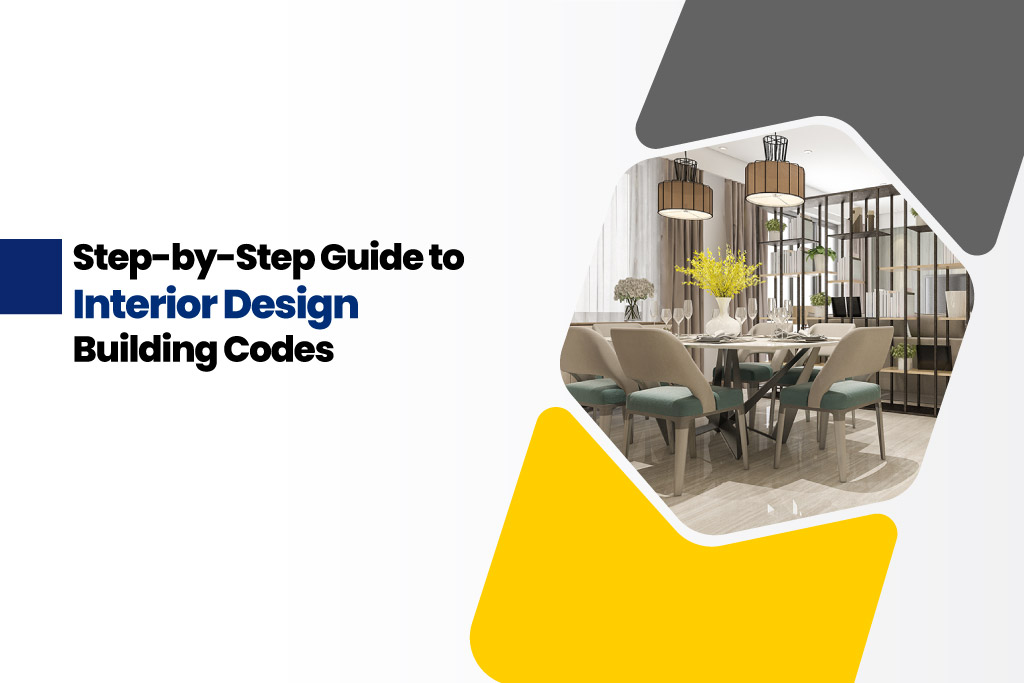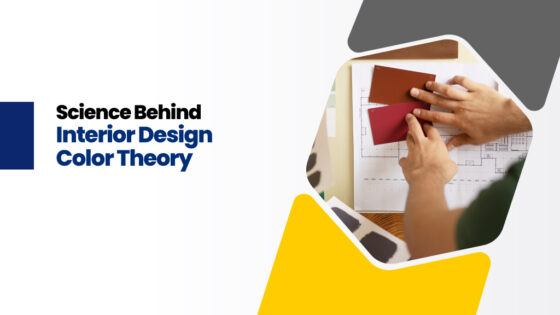Interior designers have to be creative to stay ahead of the competition. But with all the creative concepts and ideas, one should not forget about the building codes. Building codes for interior design are the legal requirements that guarantee a space’s usability and safety. Top B Des Colleges in Coimbatore educate the students about the building codes and their importance so they can implement them in their future projects. We’ll go through the fundamentals of understanding and applying building codes to your interior design projects in this comprehensive guide.
Know Why Building Codes Are Important
Before starting your project, it is important to understand the significance of building codes. Building codes will help designers give assurance on structural integrity and protect residents from any mishaps. If interior designers ignore these building codes, they can end up in a difficult situation or can also put the residents’ safety at risk. This will eventually lead to legal complications. Therefore, every interior designer needs to have a thorough awareness of these codes.
1. Research Local Building Codes
The first step is to research and identify the local building codes available in the area that you are about to work on. Find the exact building codes and integrate them into your design process. Building codes usually differ from one location to another, so it’s important to be aware of the local codes. To get the most recent information, speak with building departments and local authorities, or check online resources. You can also research the blogs from the best B. Des Colleges in Coimbatore about the building codes.
2. Collaborate with professionals
The job of interior designers is interlinked with that of engineers and architects. So collaborate with them to understand the requirements. By utilizing their engineering skills, these professionals guarantee that your innovative concepts fit with building codes. Consistent communication and a cooperative methodology promote the smooth integration of safety precautions without sacrificing design aesthetics.
3. Permissions and Zoning Regulations
Zoning laws set restrictions on the usage of land and spaces, which affect interior design and layout. Examine the zoning regulations in your community because they frequently affect things like building height restrictions, parking requirements, and land use limitations. Obtaining necessary authorizations from regional authorities is essential to preventing legal issues both during and after the project.
4. Commitment to accessibility standards
To create rooms that are accessible to all, interior designers need to be aware of accessibility requirements. The importance of accessibility standards will be demonstrated at the B. Des Interior Design Colleges in Coimbatore for the students to learn. To encourage inclusivity, factors like wheelchair accessibility, appropriate door widths, and accessible restroom facilities should be incorporated into the design.
5. Fire safety measures
Any interior area must prioritize fire safety. Learn about the fire codes that govern things like emergency exits, fire-resistant materials, and escape routes. Prioritizing fire safety in space design not only complies with laws but also protects passengers in case of an emergency. B. Des Interior Design Colleges in Tamil Nadu give students opportunities to learn more about safety measures by conducting various hands-on workshops.
6. Structural Integrity and Load-Bearing Factors
Interior designers must have a fundamental understanding of structural engineering. Factors including floor capacities, ceiling structures, and load-bearing walls are essential in guaranteeing the overall stability of a space. Work together with structural experts to preserve the aesthetics of the design while including the necessary reinforcements.
7. Plumbing and Electrical Codes
Plumbing and electrical systems play a major role in interior settings. An electrical engineer produces the final electrical blueprints for a project. But first, the interior designer draws out a plan that indicates the ideal places for switches and any unique electrical equipment. All important measurements, such as the height of the installation, need to be specified by the interior designer. Learn the applicable codes that apply to these installations. In order to guarantee the security and operation of these crucial parts, this involves placing electrical outlets appropriately and according to plumbing and wiring requirements.
8. Ventilation and HVAC Standards
A well-designed interior promotes a healthy living or working environment in addition to being aesthetically pleasing. Heating, ventilation, and air conditioning standards and ventilation must be understood by interior designers. For the sake of the occupants’ health, proper ventilation, air movement, and temperature management all contribute to indoor air quality. The interior designer must take system needs into account, such as duct, mixing box, and pipe spacing. Furthermore, HVAC systems frequently obstruct the installation of speakers and other recessed ceiling fixtures, such as light fixtures, that are intended. Thus, early project coordination is essential.
9. Green building codes and sustainability
Sustainable design principles are becoming more and more popular in the present age. Learn about sustainable design ideas and green building codes. Including recycled materials, eco-friendly procedures, and energy-efficient solutions that benefit the environment and also meet the changing demands of ethical customers.
Integrating creativity with regulatory standards is an art in itself. An efficient interior designer is one who can combine cutting-edge design principles with a deep comprehension of construction codes. Designers from the Interior Design Colleges in Tamil Nadu can navigate the complex world of interior design building codes by using this step-by-step guide. This will help them create places that are aesthetically pleasing, safe, useful, and compatible with regulations.






